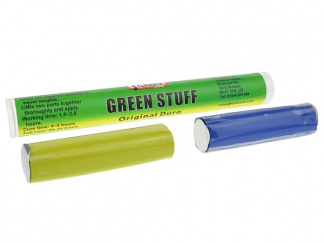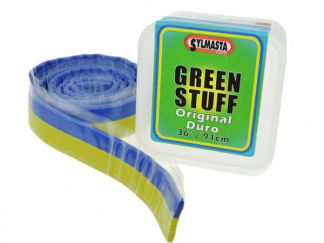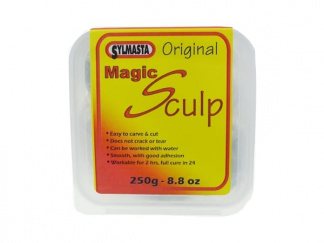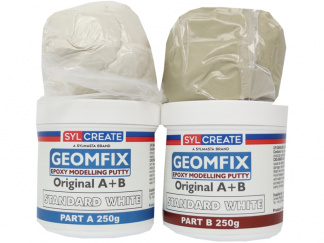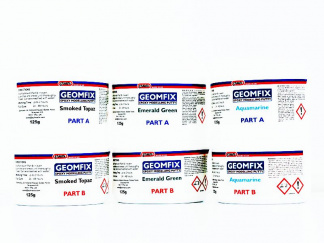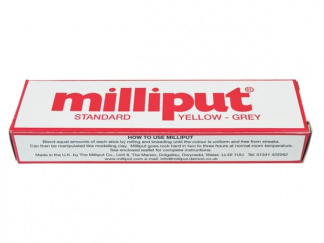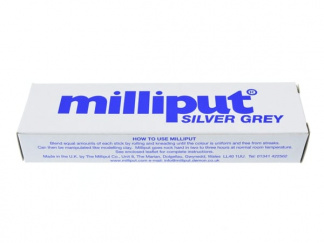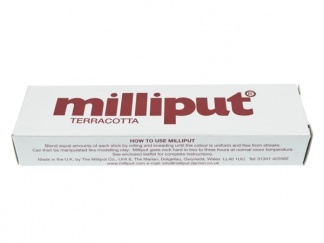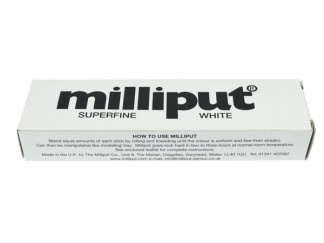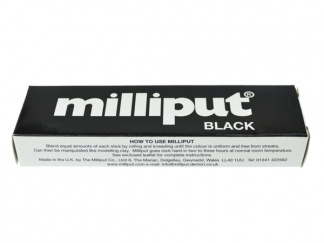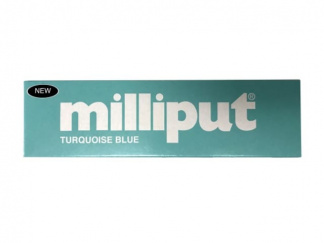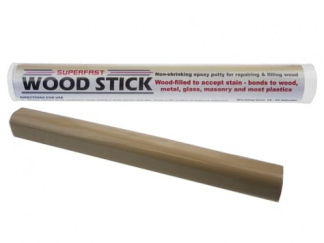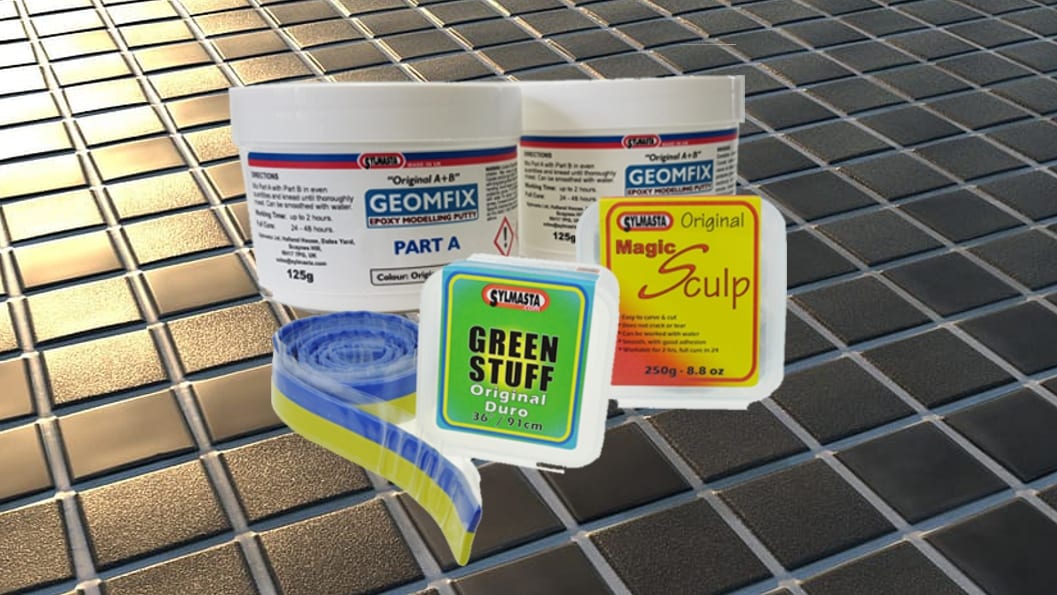
Judging by our inbox, the world of epoxy modelling putty can be confusing. One of the most frequent enquiries we get is to explain the difference between the various model making and sculpting putties available and which one is most suitable for a specific application.
Green Stuff, Magic Sculp, Geomfix, Milliput… there are a lot of options. The rather unhelpful answer is that most of the time, choosing an epoxy modelling putty comes down to personal preference. Some will find the stickiness of Green Stuff easier to work with; others the smooth texture of Magic Sculp.
It is rather like pizza toppings. Everyone has their favourite and there really is no wrong or right answer…. even pineapple is acceptable. Before we end up talking too much about pizza and I end up going to Dominos for lunch, let us get back to the subject at hand – model making putty.
Whilst a lot depends on which putty you get along with best, there are some differences between epoxy modelling putties that you can take into consideration when deciding on your sculpting medium of choice.
Welcome to the SylCreate guide to selecting the right model making putty.
Green Stuff
Green Stuff is often the preferred epoxy putty of wargamers. It is flexible and gives a fine cut, making it ideal for adding intricate details to goblins, orcs, and other fantasy creatures.
For highly-detailed Warhammer, Dungeons & Dragons and other fantasy work, it is perfect. Some of the world’s leading model makers such as The Goblin Master Kevin Adams and Alan and Michael Perry of Perry Miniatures are Green Stuff devotees.
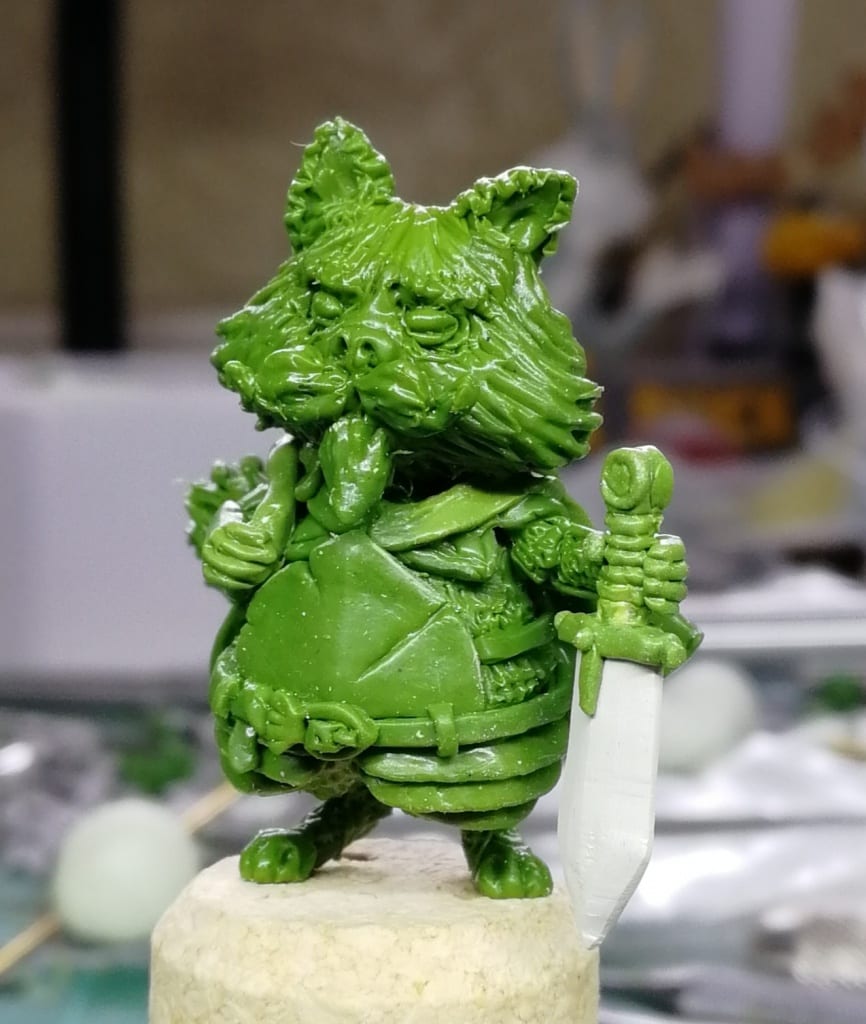
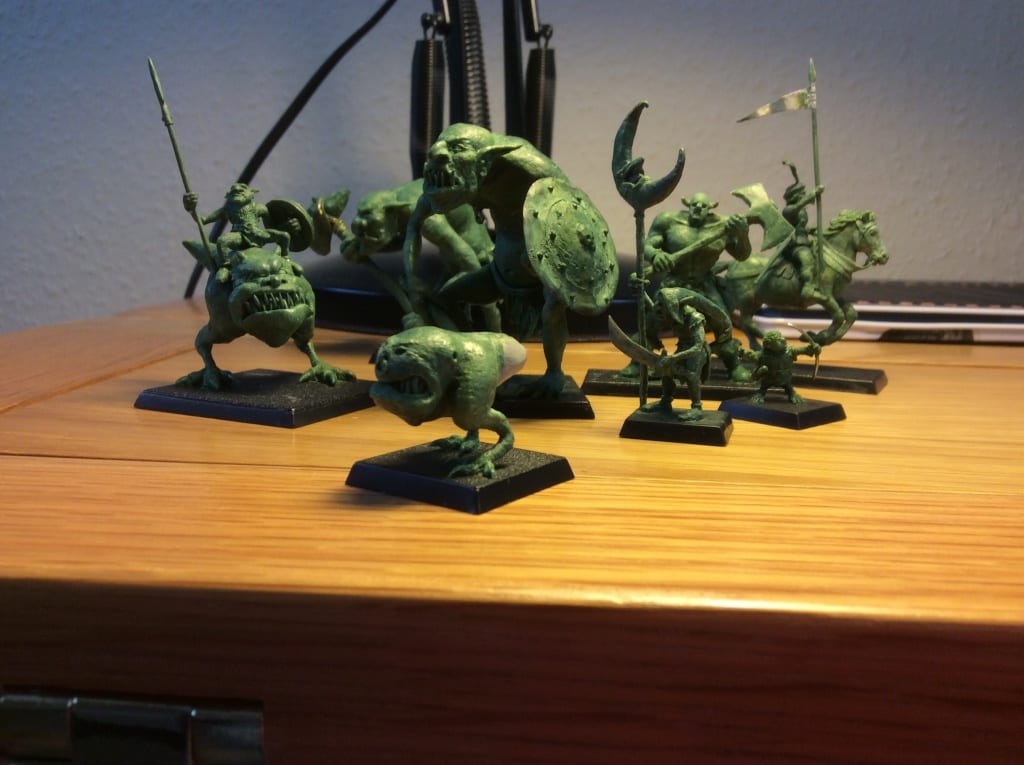
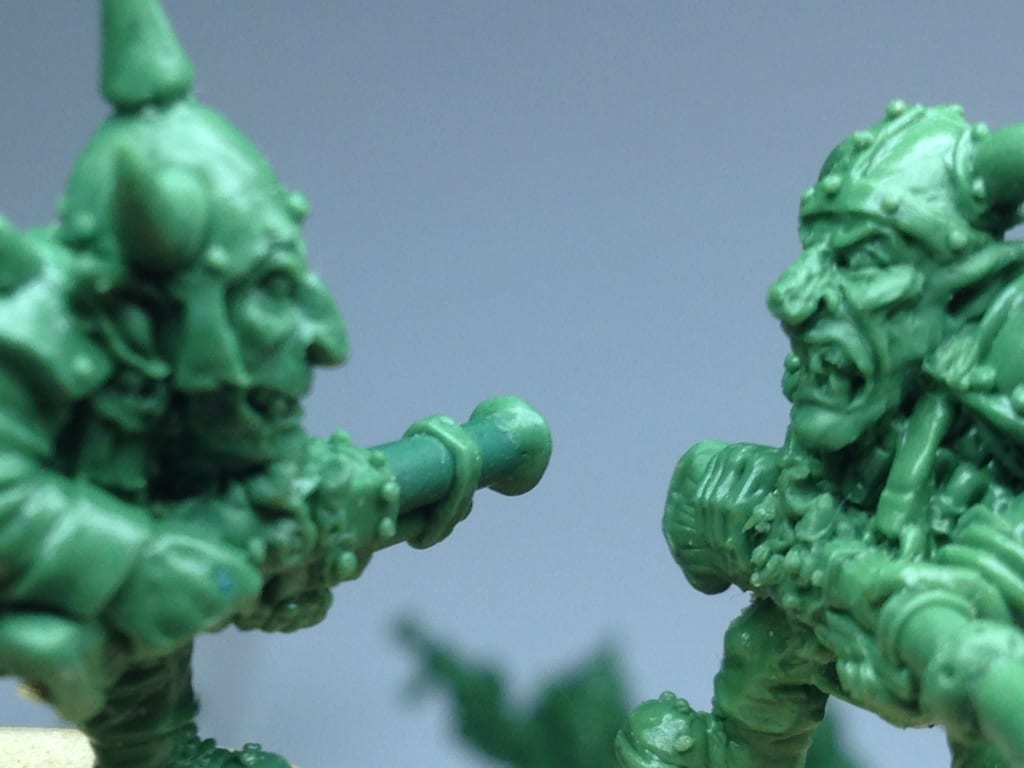
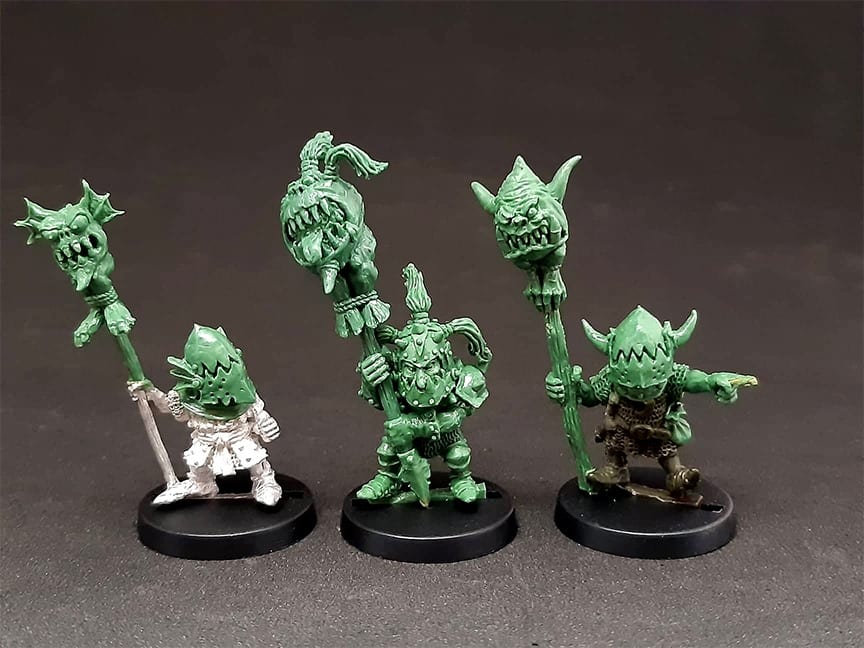
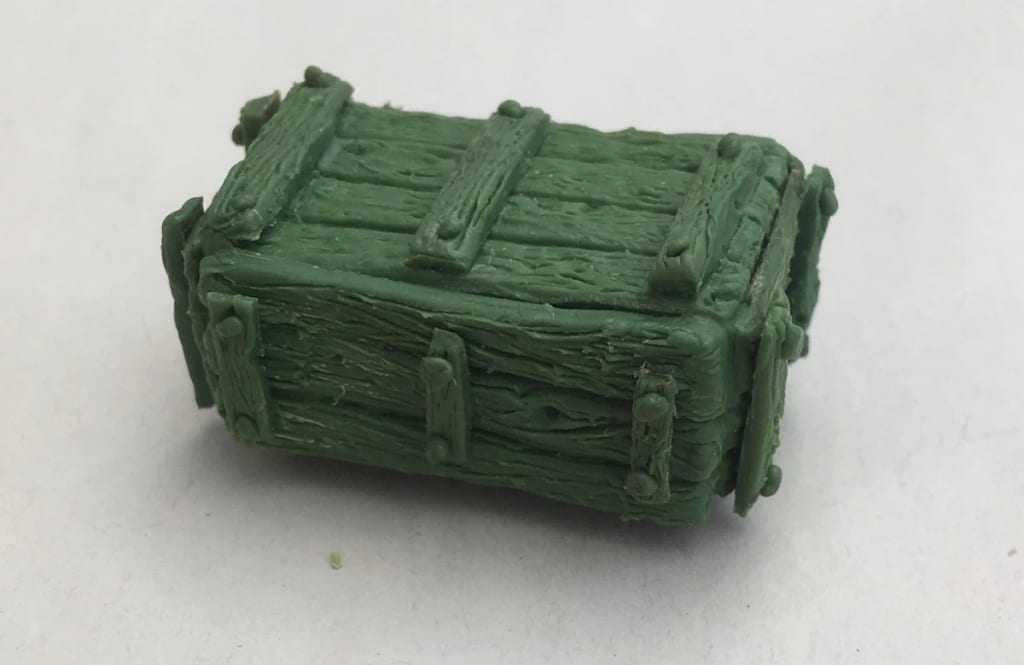
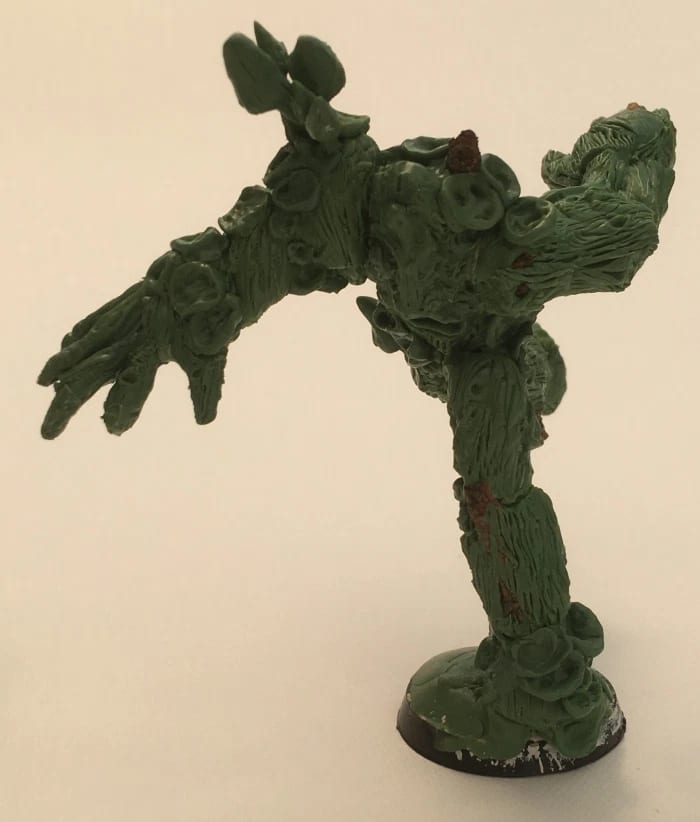
When working with Green Stuff, it is noticeable just how sticky the putty is. It can take some getting used to. This stickiness allows the cured putty to retain a degree of flexibility, enabling the user to bend it into shape without it breaking.
These elastic properties make Green Stuff popular with scale model enthusiasts and professionals as well as wargamers. Whilst scale model makers will use a firmer epoxy modelling putty like Magic Sculp for initial sculpting or conversions, more detailed items can be made with Green Stuff, bent and then glued onto the other cured putty.
Award-winning AFV modeller David Parker deploys this technique for adding detailed insignia and supporting accessories such as belts and hair to his tank crew.
Green Stuff comes in two formats; a reel and a stick. The reel is pre-formatted with the resin and the hardener combined. To use, you simply cut off the amount of putty required and mix it together until it turns green.
One downside of the reel format is it does not allow the user much control over the mixing ratio of Green Stuff. That is not the case with the stick, where the resin and the hardener are separate portions.
The recommended mix of Green Stuff is 50-50, but in more specialist applications there are advantages to be had from adjusting these quantities. Professional model makers will sometimes go as far as to use four or five parts yellow to one part of blue hardener.
Less hardener means a longer curing time than the standard of 90 minutes to 1 hour and a much lighter consistency of putty, allowing for more time to work with a material capable of holding even more detail.
For more guidance on using Green Stuff, then Kneadatite have written a handy guide on their website with everything you could ever want to know about using the putty.
Magic Sculp
Magic Sculp has a finer texture and a softer consistency than Green Stuff, making it easier to sculpt in larger projects.
It is much more clay-like and once cured, it can be sanded, carved, painted… you could even attack it with a grinding tool and it would not break or lose shape.
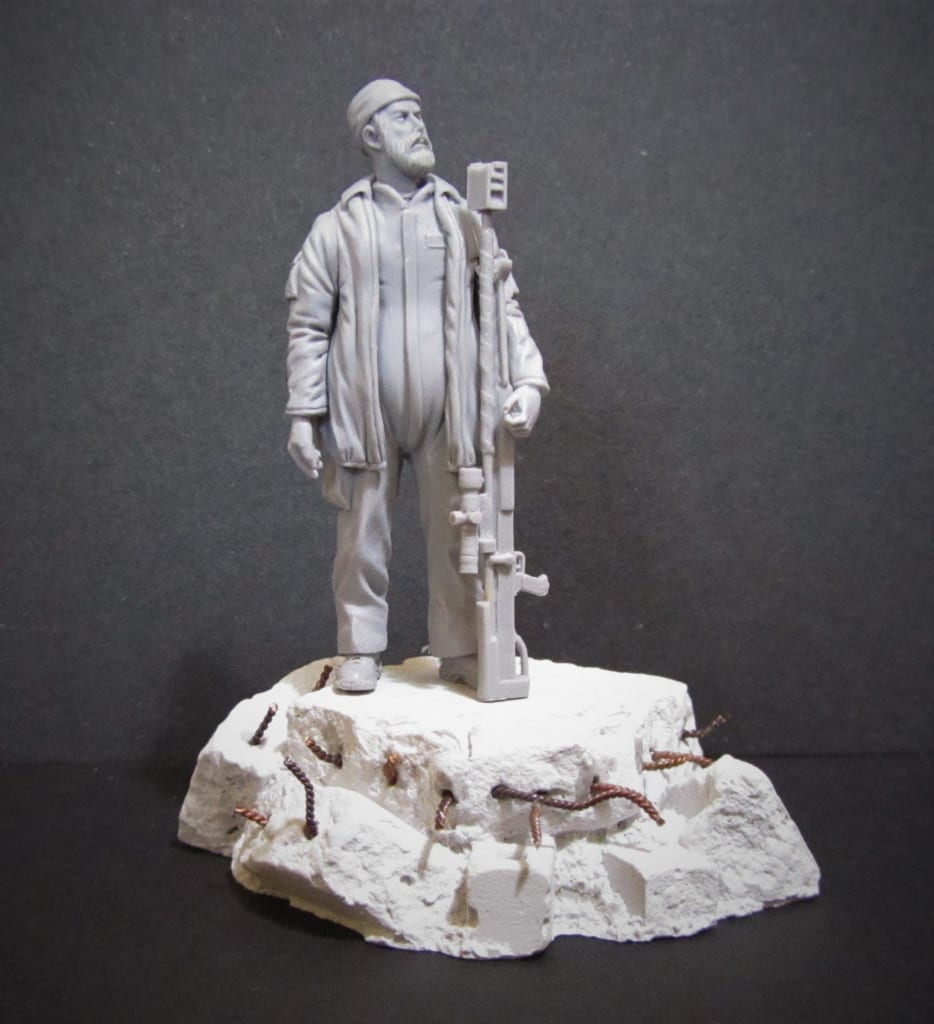
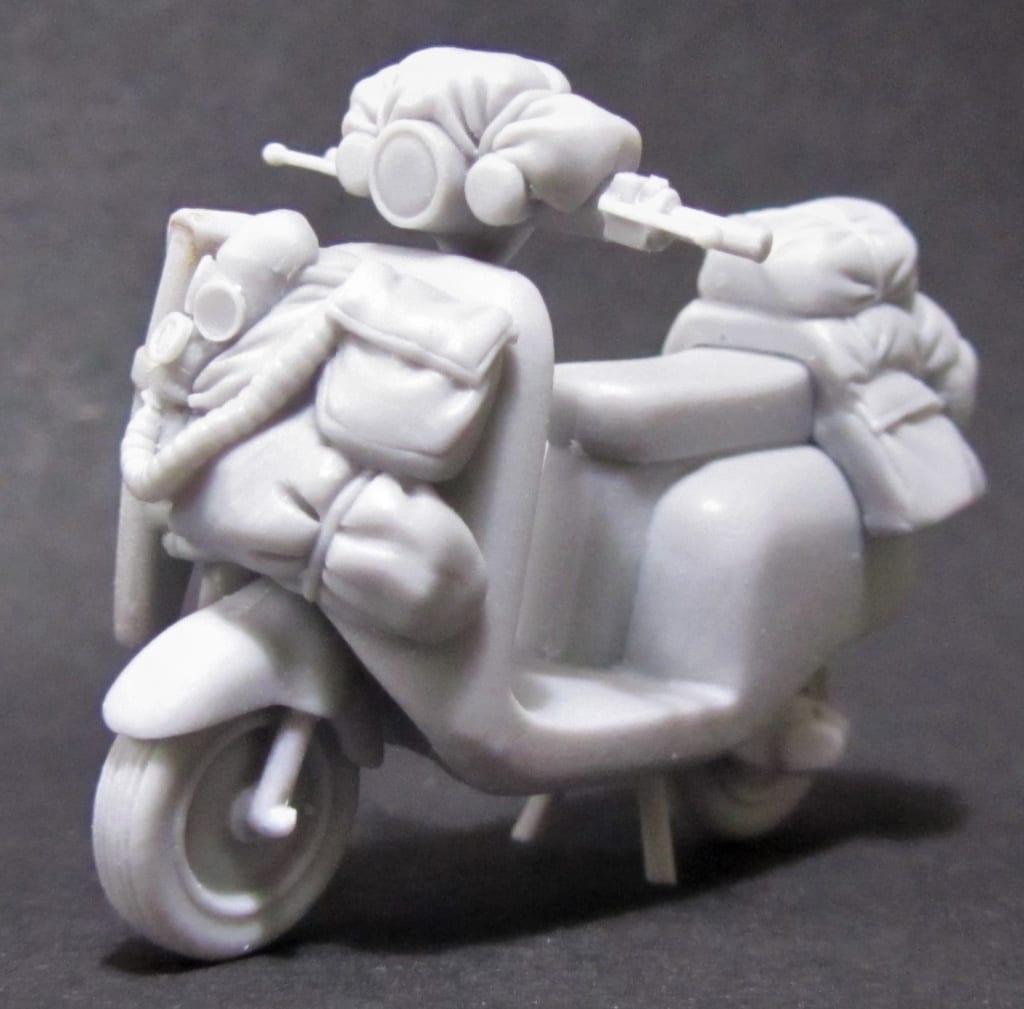
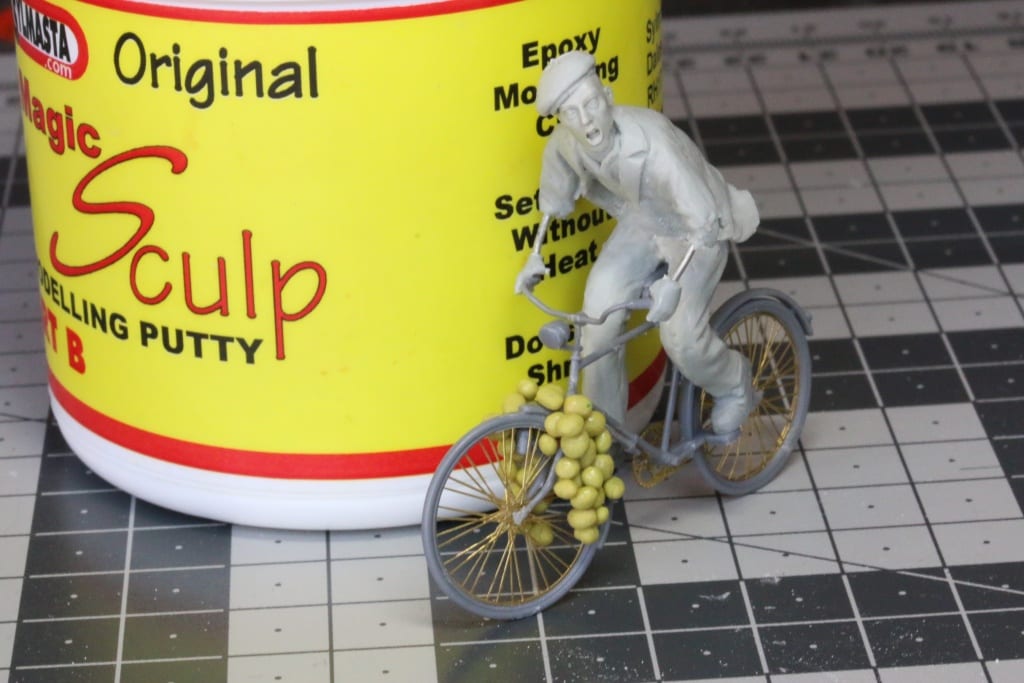
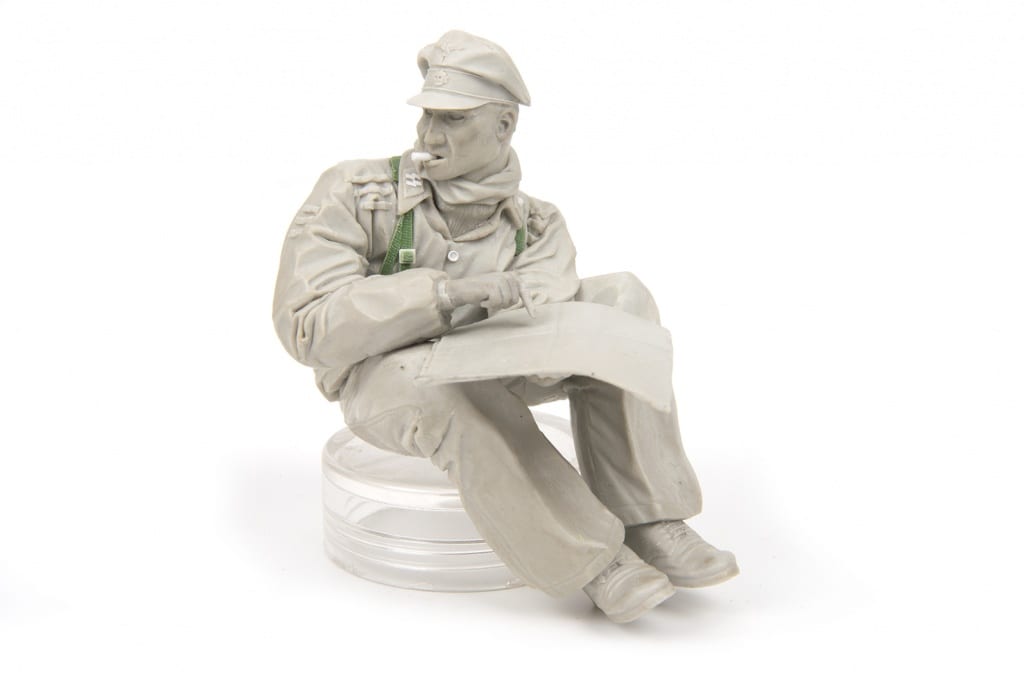
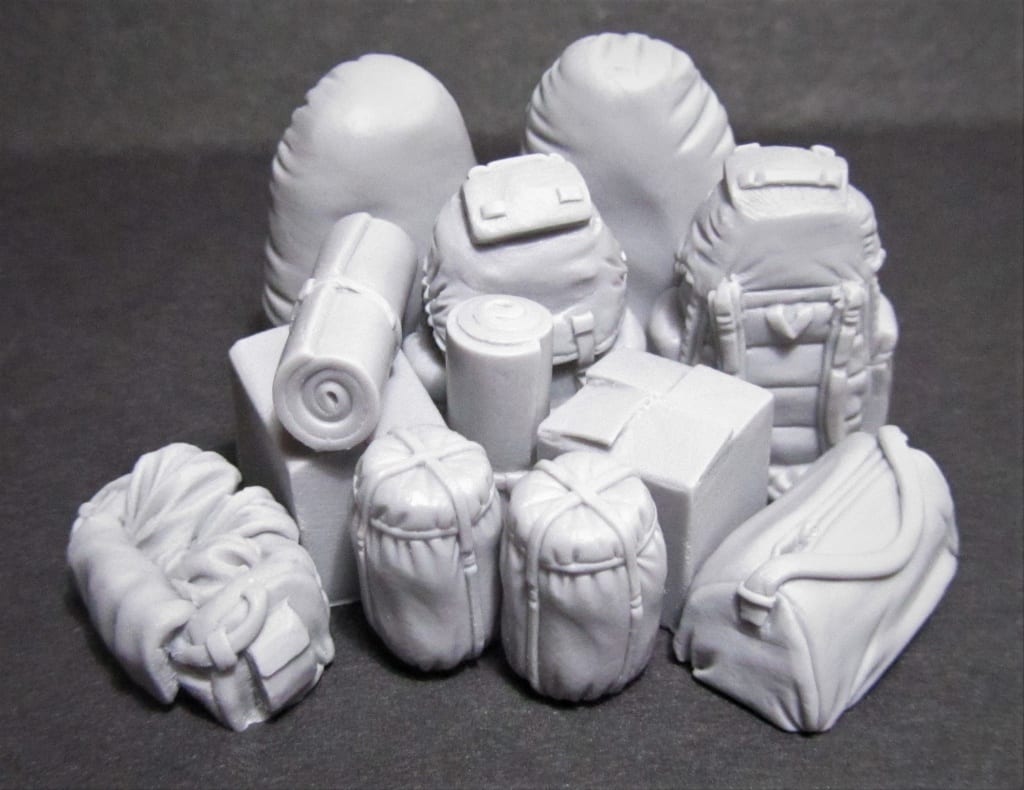
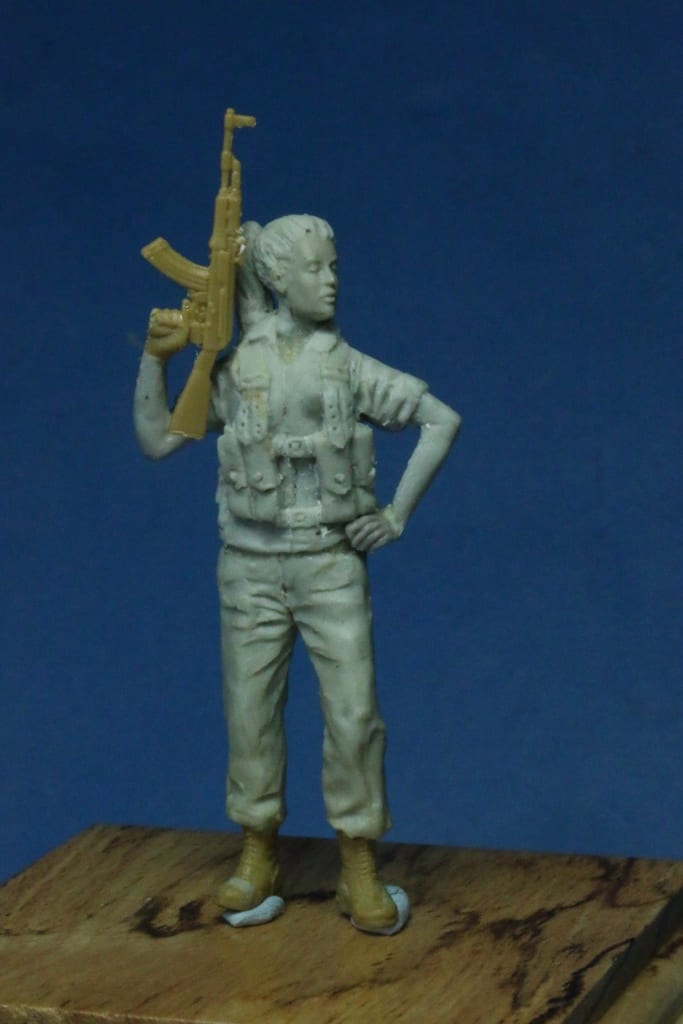
Whereas Green Stuff is used mainly by wargamers, Magic Sculp has multiple uses. It is popular in the scale model world for easily converting existing models, gap filling and sculpting new models and accessories.
Sculptors like it because of how easy it is to carve and the smooth finish it provides. They use it to repair and restore existing pieces as well as for creating new pieces.
In one of our favourite applications, it has even been combined with brick dust to create a coloured putty which seamlessly repaired a large hole in a brick wall.
Another reason Magic Sculp is popular for larger projects is its work time. At room temperature, it will not cure for two to three hours, offering much longer for model makers and sculptors to carve and shape the putty in larger projects.
Geomfix Original A+B Epoxy Modelling Putty
The best way to describe Geomfix Original A+B is as a cross between Green Stuff and Magic Sculp.
It can hold the finest of details like Green Stuff, allowing it to be used for intricate work. At the same time, it has a tough surface similar to Magic Sculp for building up bulk models and use in restoration work.
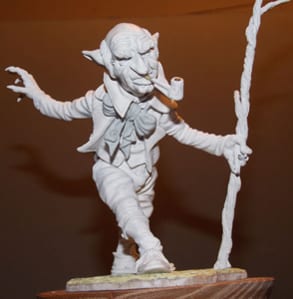

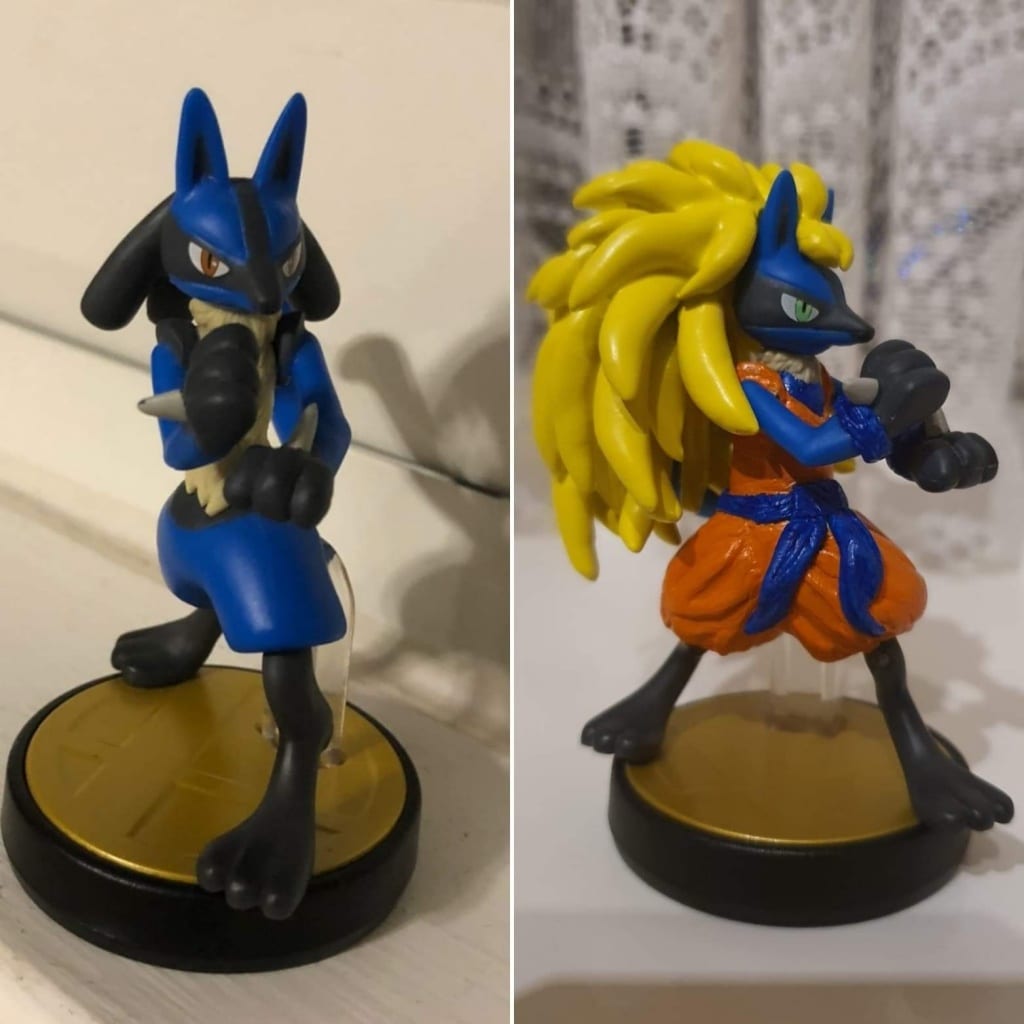
Geomfix’s secret is that it is ceramic filled. This allows it to set harder than most other epoxy modelling putties, giving it a ceramic feel which makes it perfect for restoring china and other materials.
The list of users of Geomfix Original is pretty extensive. Scale model makers, wargamers, arts and crafts enthusiasts, china restorers, doll repairers and jewellery designers all use it.
Away from our world of creativity, a super-strength, industrial version of the epoxy putty known as Sylmasta AB is used in maintenance and repair tasks.
If you are unsure whether Green Stuff or Magic Sculp are the epoxy modelling putty for you, then Geomfix is a versatile, happy-medium between the two.
It has a two hour work time which can be accelerated using heat, is available in bulk quantities for the biggest projects and comes in three colours – standard white, jet black and silver grey.
Geomfix Coloured Epoxy Modelling Putty
The colour options do not end there. Geomfix is also available in a further 25 colours which match Swarovski crystals.
Originally, Geomfix Coloured was manufactured as a jewellery epoxy putty but the concept quickly grew into other areas including antique restoration, large design projects, and creating seasonal items sich as Christmas crafts and decorations.
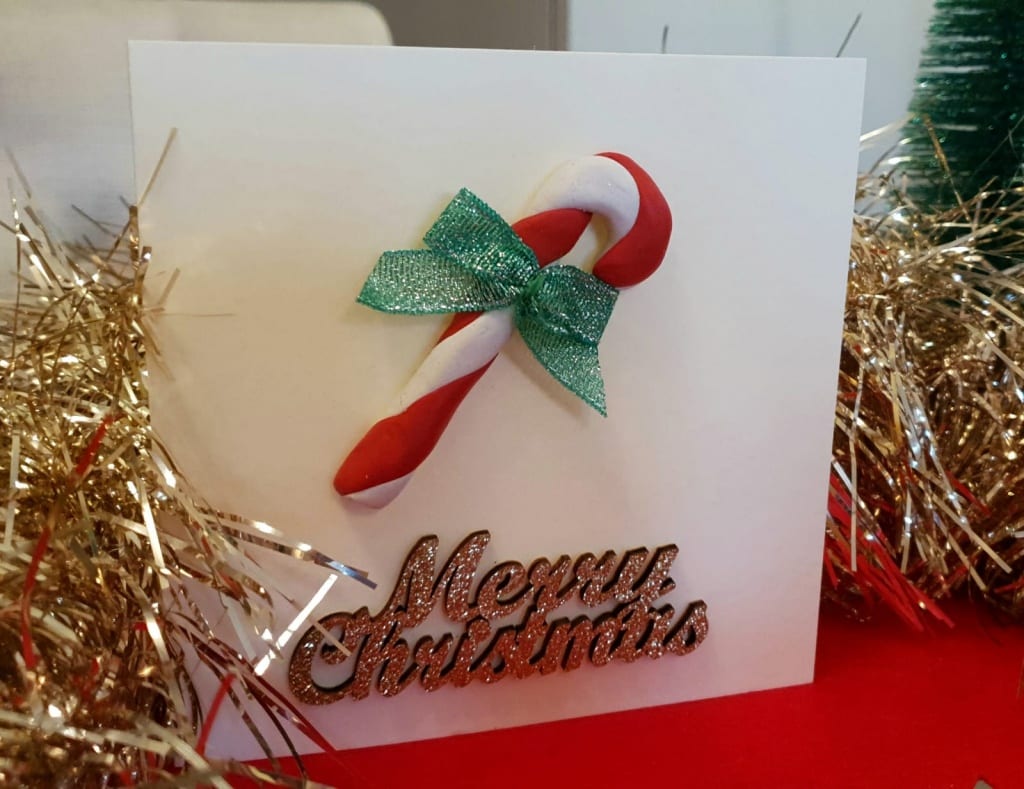
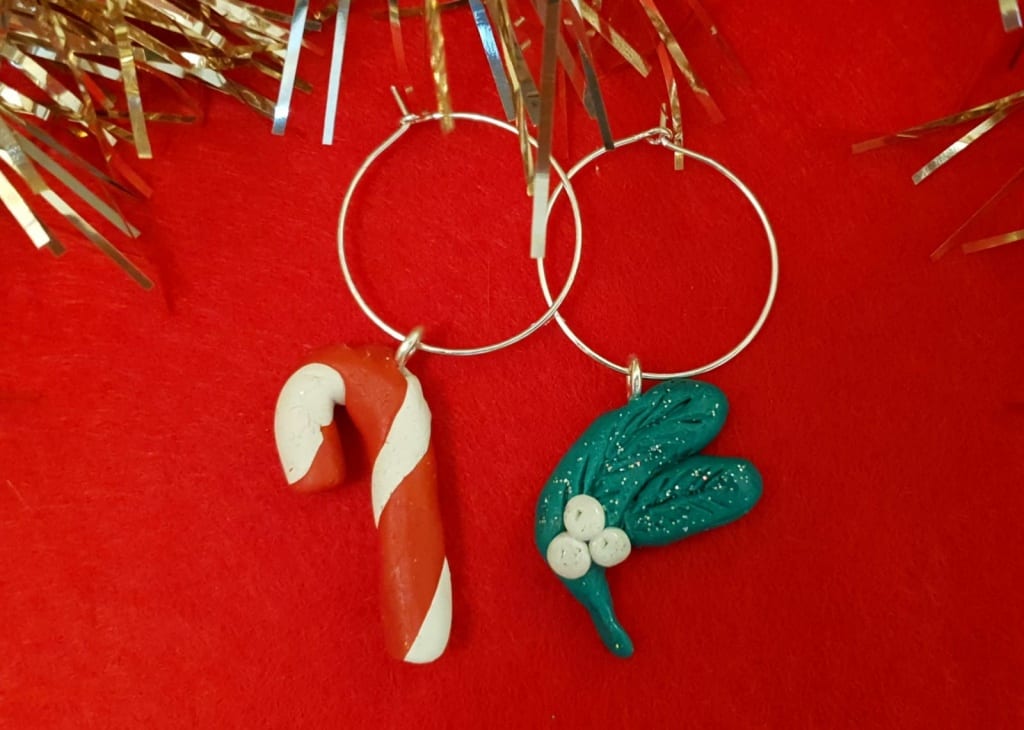
Geomfix Coloured is made-to-order on-site by SylCreate. As well as the standard 25 colours, our technicians can customise an epoxy modelling putty to a specific colour.
When Donald Trump was in the White House, we were even asked by one customer to produce a Trump-coloured epoxy putty. The result was surprisingly accurate – although we never did ask what the putty was for…
Milliput
Millliput have been manufacturing epoxy modelling putties from their base in Wales since 1968, earning a deserved reputation as one of the best in the business.
All Milliput putties follow the same format – they come in two parts, 56.7gm of resin and 56.7gm of hardener. Mix the two together and off you go, whether your application is repairing a cracked toilet, fixing a leaking radiator, woodturning, or sculpting coal for a model railway.
There are six colours of Milliput available. Standard sets to a yellow-grey with the others doing exactly what they say on the tin: Silver-Grey, Superfine White, Black, Terracotta and Turquoise Blue.
Because Milliput is as much of a repair putty as it is a model making epoxy, it is not great at holding the finer details which most scale model or wargamers require when sculpting.
Where Milliput is good is in price – it is by far the cheapest epoxy putty around, making it a popular choice when it comes to packing out the body of large-scale models.
Surprisingly few model makers seem to know this, but you can mix modelling putties together to combine their properties. It is here where Milliput shows its worth.
For larger model making projects in which greater quantities of putty are required, Milliput can provide bulk in a more cost-effective manner.
Mix it with Green Stuff and you create a putty which can be used to build up a model and offers a degree of Green Stuff’s flexibility and ability to hold intricate details.
You can find out more about the benefits of mixing modelling putties in this article we wrote on the subject.
Superfast Wood Stick
Last but by no means least on our list is Superfast Wood Stick, an epoxy putty specially formulated for wood repair and restoration.
The putty is wood-filled and cures to the colour of wood, allowing it to be used as a damage filler. It repairs fences, furniture and wooden sculptures and the cured putty even floats.
Since bringing it into the SylCreate range, we have seen customers start to use it to carve brand new wood-like ornaments and creations.
Superfast Epoxy Putties do not stop with wood, either. There are specialist putties for the repair of other materials including concrete, which we have recommended to several customers carrying out restoration on stone materials.
If you have any projects completed using our modelling putties which you would like to share with us, then please email photos and a write-up to sales@sylmasta.com.

